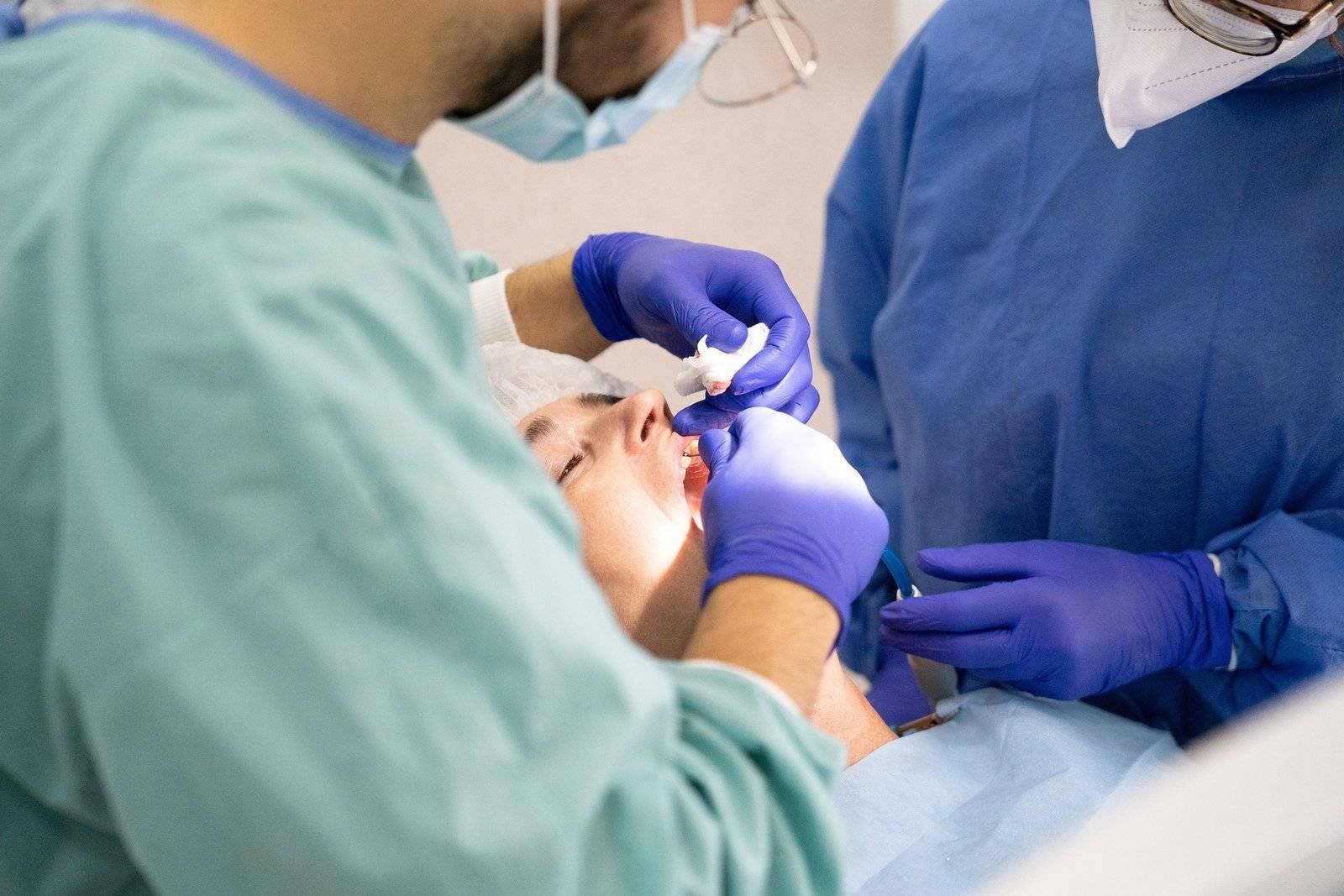
Abstract
Oral cancer (OC) has been more common across the globe recently. When OC is discovered in its later stages, it causes morbidity and mortality. Early identification and diagnosis made possible using technology may help the practitioner manage patients more effectively. Artificial intelligence (AI) development has the potential to enhance OC screening. AI can help in the field of oncology by accurately analyzing a large dataset from several imaging modalities. The applications of AI in the early detection and prevention of OC were the focus of this blog. The terms “oral cancer” and “artificial intelligence” were used in a literature search in the Scopus and PubMed databases. Examining the reference provided additional details on the subject.
By carefully reading the reference lists of chosen publications, further information about the subject was gathered. This article covers and explains the benefits of AI in OC screening, early diagnosis, illness prediction, treatment planning, and prognosis based on the information gathered. Additionally highlighted are AI in OC research’s limitations and potential.
Introduction
Oral squamous cell carcinomas (OSCCs), which account for more than 90% of all cases of oral cancer (OC), have become more common in recent years. Additionally, OSCCs are the sixth most prevalent kind of cancer worldwide. The World Health Organization estimated that there were 529,000 new cases of OC in 2012 and that OC caused 300,000 annual fatalities. Morbidity and mortality occur when OC is detected in an advanced stage. The early diagnosis of malignant tumors is essential for successful treatment. Low survival, more symptoms, and more expensive treatment are linked to inaccessible lesions and late cancer detection. The chance of survival can be increased to 75%–90% with early detection.
The diagnosis of oral potentially malignant disorders (OPMDs) and routine follow-ups are examples of early detection. OPMDs are described as “any oral mucosal abnormality that is associated with a statistically increased risk of developing OC. “Oral lupus erythematosus, oral lichen planus, oral submucous fibrosis, erythroplakia, oral leukoplakia, proliferative verrucous leukoplakia, dyskeratosis congenital, palatal lesions in reverse smokers, actinic keratosis, and dyskeratosis congenital are the five OPMDs. Oral lichenoid lesions and oral chronic graft-versus-host disease are new additions to the classification.
Self-examination of the oral cavity and expert consultation is required for the initial diagnosis of OC. To prevent late diagnosis, high-risk populations must be screened, however, these populations are frequently found in rural areas with poor access to medical services. A lack of understanding of OC symptoms is a significant barrier. The usage of technology could help in OC early detection. Artificial intelligence (AI) development has the potential to enhance OC screening.
The growth of AI-based medical imaging and diagnosis research has been encouraging. It has been discovered that AI technologies are useful for spotting oral, breast, and lung malignancies. The adoption of AI in OC screening is driven by its potential to increase the effectiveness of OC screening. Deep learning and conventional machine learning (ML) are two categories within AI. A quantified diagnostic result is provided by traditional ML, which uses algorithms and computer processes to calculate information and identify patterns in incoming data. Both supervised and unsupervised machine learning techniques are used. Deep learning or neural networks are methods that use numerous layers of nonlinear processing units to interpret input and link relevant output to that input.
These methods are currently being evaluated for more efficient methods of diagnosis, particularly for the screening of diseases when there are fewer doctors and qualified specialists available. AI has several applications in the early detection and prevention of OC. A large dataset of several imaging modalities, including fluorescence, hyperspectral, cytological, histological, radiological, endoscopic, clinical, and infrared thermal modalities, may be accurately analyzed by AI. To find OPMDs that increase the chance of developing cancer, recently discovered adjunctive technologies based on vision have been created.
AI in oral cancer management
Intensity-modulated radiation (IMRT) dosage calculation, treatment outcome, and auto-segmentation for cancer patients are only a few of the issues that AI has been employed to solve in the planning of head and neck cancer treatment. In a systematic study, Alabi et al. found that deep learning algorithms helped doctors make well-informed decisions, choose appropriate treatments, and manage OSCC more effectively.4 Early identification and cervical lymph node metastases are important factors in the prognosis of OC, and as a result, AI systems may help doctors treat OC.
Implications for future research
The current restrictions might be overcome with the aid of future research in the fields of AI and OC. A new area of study called “radionics” makes use of data characterization techniques and radiographic images. Radiomics has aided in the extraction of characteristics from malignancy-related CT and MRI images that the human eye might miss, such as intensity, shape, and surface texture. Oncologists may find radio mics to be a useful technique for assessing tumor metastatic potential, oncogene expression, and therapeutic response.
Conclusions
The application of AI to the diagnosis and prognosis of diseases has advanced in recent years. Previous research has demonstrated that ML yields reliable results for OC detection. It minimizes unintentional errors and helps professionals with diagnostic procedures. However, compared to ML, earlier studies using deep learning (neural networks) had better accuracy with early OC detection. To help with early diagnosis and outcome estimation, future research might take into account the development of data fusion algorithms incorporating diverse modalities, such as clinical, radiographic, histological, and molecular assessments.



